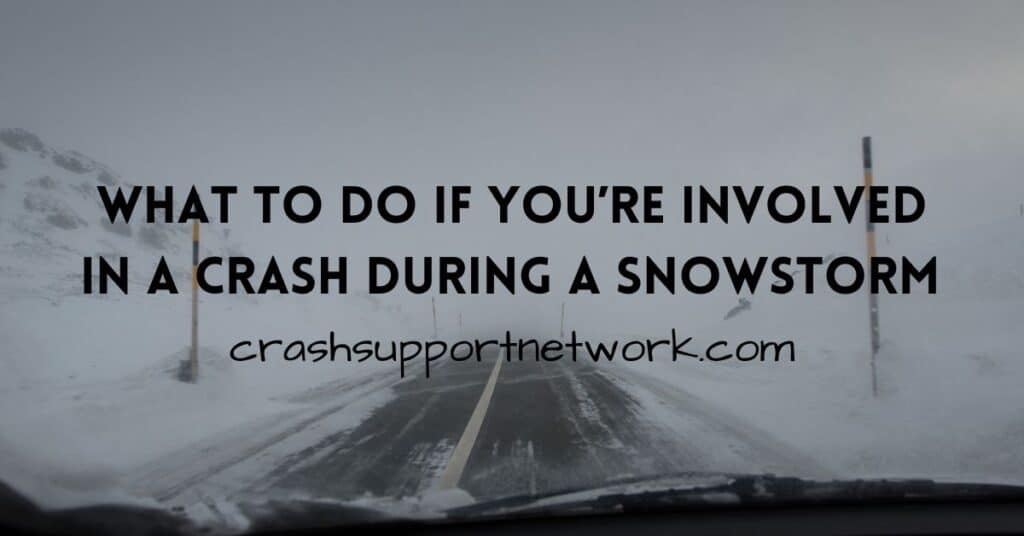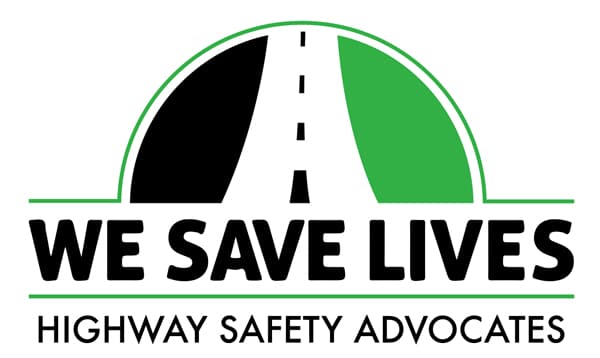
It really has been a tough winter for a lot of people. The snow, freezing temperatures, and storms seem relentless this year. It’s been hard for drivers, especially with the icy roads and low visibility making everything more dangerous. Snowstorms can be treacherous, especially on highways, where reduced visibility and slick roads create dangerous driving conditions. If you are ever involved in a motor vehicle crash during a snowstorm, knowing what to do can be the difference between staying safe and putting yourself at further risk. Recently, a young man was seriously hurt when he was struck by a pickup truck and pinned into a snowbank while trying to help others in a nine-vehicle collision caused by blowing snow.
When multiple vehicles are involved in a collision, like in this case, it’s easy to assume that helping others by stepping out of your vehicle is the right thing to do. However, it can put you in even more danger. Blowing snow, slippery roads, and reduced visibility can make it extremely difficult for other drivers to see pedestrians, even if they’re in the immediate aftermath of a crash.
Prioritize Your Own Safety First
The young man’s decision to help others may have been driven by a sense of compassion, but unfortunately, it also led to his severe injury. The key takeaway is that in such situations, we need to prioritize our own safety first. Even though it’s tempting to rush out and assist, we can be far more helpful if we stay inside our vehicles, keep our hazard lights on, and call emergency services to make sure proper help arrives. It’s a tough reminder of the importance of taking precautions when driving or being caught in a snowstorm, and of the critical need for everyone to make safety their top priority. Winter conditions can make driving incredibly hazardous, and it’s essential to stay alert and be prepared. Here are some important winter road safety tips that every driver should be aware of during the winter season.
Stay Inside Your Vehicle
When involved in a motor vehicle crash during a snowstorm, your first instinct might be to exit your vehicle to check for damages or assess the situation. However, this is never a safe move. In a snowstorm, conditions are often unpredictable and can change rapidly. Here’s why staying in your car is crucial:
- Visibility is extremely limited: Snow, heavy winds, and poor lighting can make it nearly impossible for other drivers to see you, even if you’re on the side of the road. Exiting your vehicle puts you at risk of being hit by another car.
- Protection from the elements: The temperatures during snowstorms can plummet, and exposure to these cold temperatures for even a short period can lead to hypothermia or frostbite. Your vehicle provides shelter and warmth.
- Stay put to avoid further crashes: By staying inside, you reduce the risk of getting struck by another vehicle. If other drivers can’t see you, they may not realize you are on foot or near the crash site.
Make Sure You’re Safe and Call for Help
Once you’re safely inside your car, take the following steps:
- Check for injuries: Make sure you and any passengers are not injured. If anyone is hurt, call emergency services immediately.
- Turn on hazard lights: This alerts other drivers to the presence of your vehicle, helping them avoid collisions.
Stay Visible, But Safe
If your vehicle is in a safe spot and you’re able to do so without leaving your car, you can help alert other drivers:
- Use reflective triangles or flares (if available) to create a safety buffer around your vehicle.
- Stay inside until help arrives: Again, stepping out into the storm puts you at unnecessary risk.
If You Must Leave Your Vehicle: Exercise Caution
If, for any reason, staying in your vehicle is no longer an option (the vehicle is on fire or in imminent danger of being struck again), carefully assess the situation before exiting:
- Wait for a break in the storm or, if possible, move to the opposite side of the vehicle to avoid traffic.
- Walk slowly and deliberately, keeping your body low and your movements controlled to reduce the risk of slipping in the snow.
Prepare for Future Snowstorms
While you can’t always predict when a snowstorm will happen, there are a few preparations you can make to increase your chances of staying safe:
- Keep an emergency kit in your car: Include essentials like blankets, bottled water, non-perishable snacks, a flashlight, and a first-aid kit.
- Have your vehicle winterized: Make sure your car has snow tires, fully functioning windshield wipers, and sufficient antifreeze.
- Monitor weather updates: Before hitting the road, check forecasts and avoid driving in severe weather conditions if possible.
Driving in a snowstorm is dangerous enough, but getting out of your vehicle after a crash in a snowstorm can increase the risks significantly. Stay inside your vehicle, stay visible, and wait for help. By following these essential winter driving safety tips, you will be in a better position to stay safe in a potentially life-threatening situation. If the weather is truly bad, consider whether your trip is necessary. If it’s not an emergency, it’s better to stay home and wait for the conditions to improve.
S. Dawne McKay is a survivor of a horrific crash that changed her life forever. Dawne shares her personal journey as a Crash Survivor Blogger and also collaborates with crash survivors as Guest Bloggers allowing them an opportunity to share their stories. Dawne is also the author of the book, “Talk Crash to Me – What to Expect After Surviving a Collision and How to Manage Your Recovery” which is available for purchase on Amazon.
The Crash Support Network is a unique one-of-a-kind website consisting of an online support group, a crash survivor blog, a quarterly newsletter, “Sharing Our Recovery” as well as highly informative articles. Our website is based on relationship-building and puts the needs of survivors first by creating a helpful resource for victims and survivors of motor vehicle crashes





